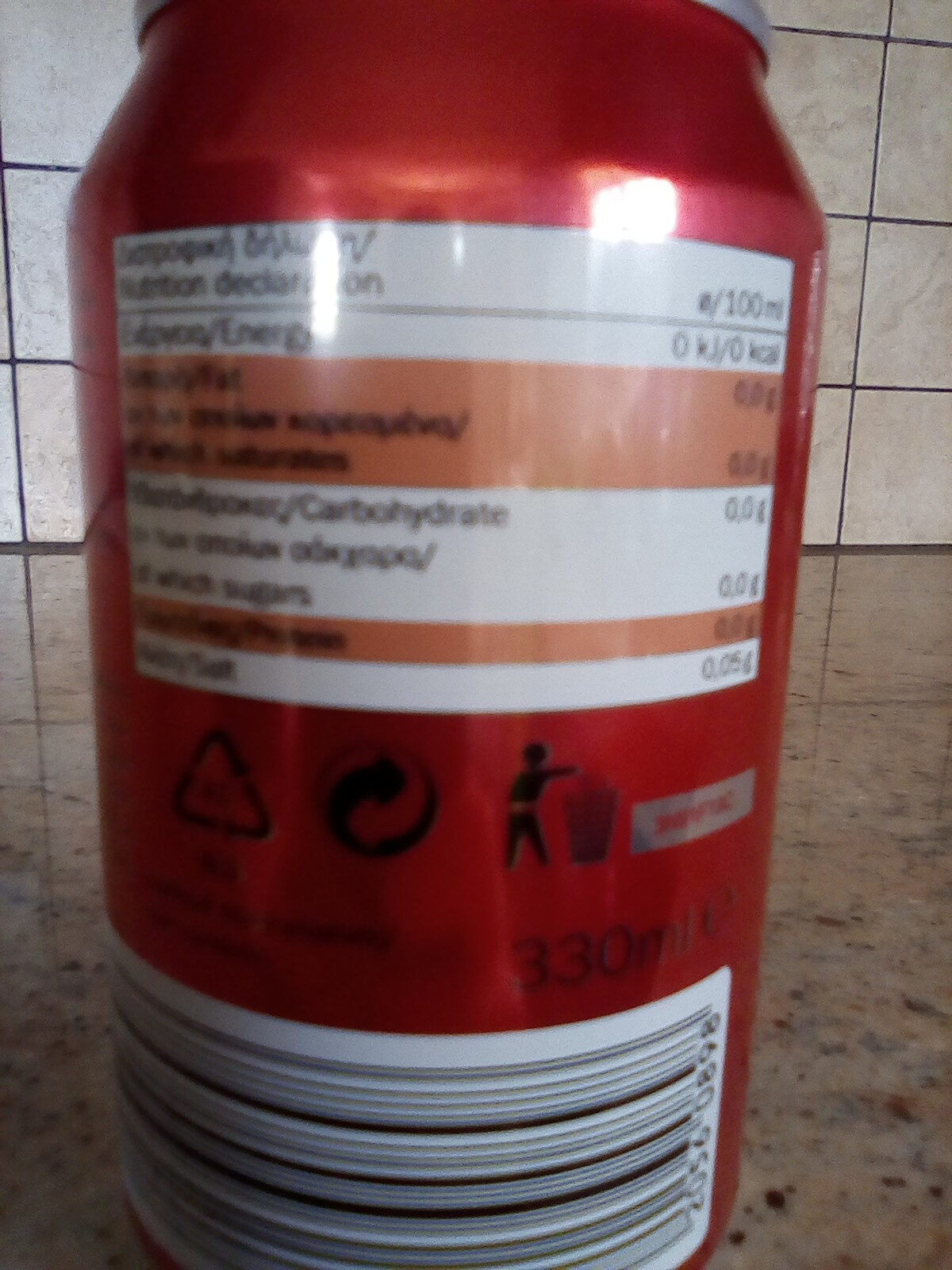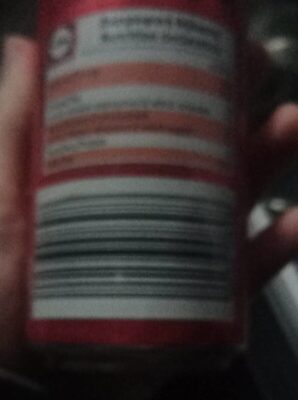Soda Water - Freeway - 330 ml
Belirsiz barkod: Bu ürün, bir şirket içindeki ürünler için geçerli olan bir Sınırlı Dolaşım Numarası barkoduna sahiptir. Bu, farklı üreticiler ve mağazaların aynı barkodu farklı ürünler için kullanabileceği anlamına gelir.
×
Bu ürün sayfası tamamlanmadı. Düzenleyerek ve elimizdeki fotoğraflardan daha fazla veri ekleyerek, ya da Android veya iPhone/iPad uygulamalarını kullanarak daha fazla fotoğraf çekerek tamamlanmasına yardım edebilirsiniz. Teşekkürler!
×
Barkod: 20560898
Yaygın isim: Soda water
Miktar: 330 ml
Ambalaj: en:Aluminium can
Markalar: Freeway
Kategoriler: İçecekler, Gazlı içecekler, Su, Alkolsüz içecekler, en:Carbonated waters
Üretim veya işleme yerleri: Thessaloniki, Greece
Mağazalar: Lidl
Satılan ülkeler: Kıbrıs Cumhuriyeti
Tercihlerinizle eşleştirme
Çevre
Ambalaj
Taşıma
Report a problem
Veri kaynakları
Üzerinde ürün eklendi tarafından strange-quark
Ürün sayfasının son düzenlemesi tarafından packbot.
Ürün sayfasını da düzenleyen ecoscore-impact-estimator, kiliweb, openfoodfacts-contributors, sebleouf, yuka.sY2b0xO6T85zoF3NwEKvlmhES4GPvTvBKE3mwG-O99K2PLe3TNot3o77Las.









